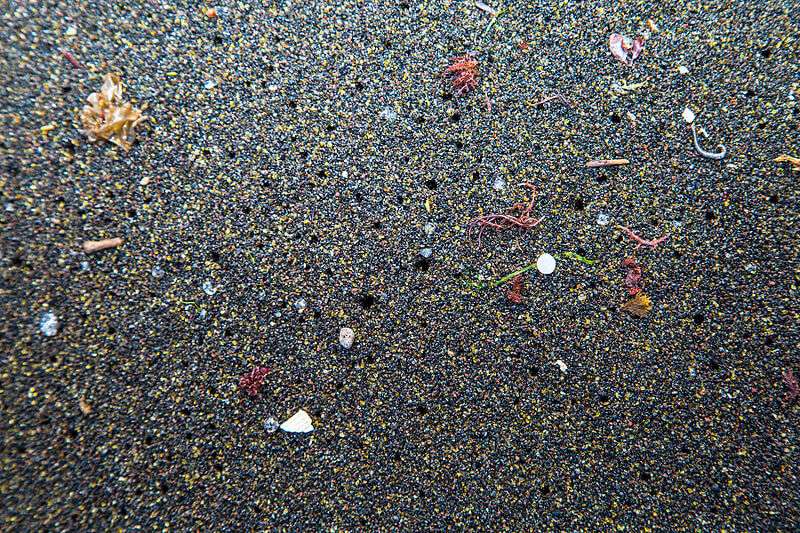#WorldOceansDay and the Microplastics Emergency
Let’s take a look at the above beautiful image: a serene beach with white sands and turquoise waters lapping on its shoreline. The sad truth is, that if you spent just 3 minutes doing a mini-beach cleanup, you are likely to end up with a handful or two of microplastics.
We seem to have an ever-expanding addiction to plastic. Its presence in our lives can, at times, seem impossible to avoid. Plastic is found in food and drink containers, toys, beauty products, packaging, computer components, and even in our clothes and swimwear…. The list goes on and on. Each of us encounters hundreds of plastic products every single day.
And as we all know, that plastic doesn’t biodegrade, ever. Instead, it breaks down, into tiny pieces; it sticks around polluting our forests, our cities, and our oceans.
In honour of World Ocean’s Day let’s take a look at a type of plastic pollution that doesn’t get as much (negative) attention as it should – microplastic.
A Growing Concern
Each year more plastic is produced, used, and then discarded. Massive areas of our oceans are even filled with plastic. The most well-known of these is the Great Pacific Garbage Patch, it was discovered in 1985 and covers an area roughly the size of Texas. The environmental impact of plastic debris has been made shockingly clear in recent years, but often research focuses on larger plastic items and their effect on wildlife.
In contrast, microplastics (plastic particles less than 5mml in diameter), aren’t as conspicuous and haven’t received the same amount of attention. But particles of this size are available to a much broader range of species and potentially pose a more serious threat.

In fact, microplastics are so pervasive they have even been found in bottled water. As if we needed another reason to give up single-use plastic water bottles!
Our Clothes are Culprits
Clothing is one of the worst culprits when it comes to microplastic pollution. Studies have shown that synthetic fibres shed from clothing persist in the environment. One even found that a single fleece jacket can release up to 250,000 fibres per wash!
Our oceans already contain an estimated 5 trillion microplastics and plastic fibres. And recent studies indicate that this estimate is inaccurate and far too conservative. It’s not just our oceans that are affected either, rivers and lakes are also heavily polluted. Researchers from the University of Manchester studied 10 rivers in the Greater Manchester area and found that one river had 500,000 microplastic particles per square meter of riverbed. Of course, it is no secret that all rivers, lakes, and waterways lead to the ocean eventually.
What Can We Do?
To get involved and halt the spread of more insidious plastic into our waters we can all play a part. Here are a few simple suggestions that you can take action with today to honour our oceans:
- Refuse all straws, always.
- Carry a reusable water bottle with you when you go out and about.
- Use reusable shopping bags on your next shopping trip.
- Buy goods in bulk whenever possible.
- Vote with your wallet – choose companies which have an environmentally friendly approach.
- Recycle and repurpose any existing plastic packaging you already have.
- Choose clothes which are made from natural fibres and avoid synthetic materials.
- Do a mini beach clean (or post surf beach clean) every time you visit the ocean
The tide is changing
Now is the time to break our plastic addiction. More and more of us are choosing natural, biodegradable materials and fabrics for the sake of the environment. And as an added bonus, they feel great too.
We at SLO know that change happens one stroke at a time. We must walk swim our talk and change the tide on plastic pollution.







